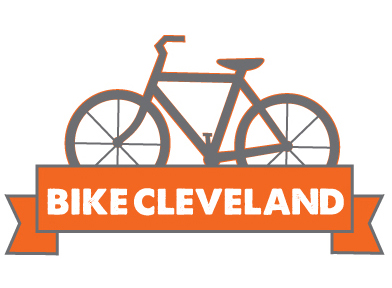Issue 35: Traffic Safety Camera Facts
Bike Cleveland urges Cleveland residents to vote “no” on Issue 35, the ballot initiative that would ban the use of traffic safety cameras in the City of Cleveland.
While the City of Cleveland’s traffic safety camera program may not be perfect Bike Cleveland supports the use of traffic safety cameras as a tool to improve the safety of city streets for all road users. Traffic cameras should be reformed to protect our most vulnerable road users, not banned.
Here are the facts about Issue 35 and the benefits of traffic safety cameras as a tool to improve road safety and to save lives.
Issue 35 language: Shall the Charter of the City of Cleveland be amended to add new Chapter 40, Section 203, which provides that the City shall not use any traffic law photo-monitoring device for the enforcement of a qualified traffic law violation, unless a law enforcement officer is present at the location of the device and personally issues the ticket to the alleged violator at the time and location of the violation?
Voting NO on Issue 35 will allow the City of Cleveland to continue the successful use traffic safety cameras to reduce crashes and injuries and increase safety.
- The program places a priority on high crash intersections and major arterial streets and has proven to reduce collisions and improve safety. 80% percent of Cleveland’s traffic safety cameras are in use at high crash intersections or on major arterial corridors that have been identified to be high speed and crash areas. REF: 2007 and 2009 Crash Reports from The Northeast Ohio Areawide Coordinating Agency.
- The number of collisions and tickets issued has declined since the program was initiated. From 2008-2012 the number of tickets issued from traffic safety cameras has continued to decrease. Since 2007 the number of tickets issued has been cut in half. This indicates that traffic cameras do impact motorist behavior and road safety. REF: City of Cleveland Department of Public Safety.
- The photo enforcement program includes a fair appeals process administered by Cleveland Municipal Court. 4% of tickets issued by traffic safety cameras are appealed with more than 50% of the appellants winning an appeal. An offender who receives a citation is provided with an appeals process through the Cleveland Municipal Court that accords due process and conforms to the requirements of the Ohio Revised Code. REF: Cleveland Ord. 413.013.
- The program is an effective use of technology resources and reduces safety risks to Police Officers. Traditional red light enforcement is often dangerous and difficult. Usually police officers must enter traffic to enforce a violation, ultimately endangering themselves as well as other motorists and pedestrians. Cameras can be used effectively for 24 x 7 enforcement and tickets are only issued if there is clear and strong evidence of someone running a red light or speeding excessively – more than 11 mph over the speed limit. Each of Cleveland’s traffic cameras is calibrated every day to ensure the radar and cameras are operating correctly. REF: City of Cleveland Department of Public Safety.
- Requiring police officers to monitor cameras and issue citations would call for the City to spend $19.5 million annually on 65 additional assigned police officers. If issue 35 passes it would require 65 more police officers to be dedicated to traffic enforcement, removing them from addressing other quality of life issues. This would cost the city $19,500,000 annually or reduce the number of police officers patrolling Cleveland neighborhoods. REF: City of Cleveland Department of Public Safety.
- The majority of citations issued were to drivers that reside outside of the City of Cleveland. 70% of traffic safety camera tickets issued in 2013 were given to drivers that reside outside of the City of Cleveland. REF: City of Cleveland Department of Public Safety.
Download the full fact sheet here.
Save a Life, Vote No on Issue 35
Traffic Cameras Protect Our Children


